Greek and Turkish cuisines share similarities due to historical, cultural, and geographical influences. Greece and Turkey have a complex history with periods of coexistence, cultural exchange, and influence. The Ottoman Empire, which ruled over both regions for centuries, played a significant role in shaping the culinary traditions. Greek and Turkish cuisines often employ similar cooking methods and techniques, such as grilling, roasting, and stewing. These methods contribute to the creation of dishes with comparable textures and flavors.
Gyro and Döner are famous street foods in Greece and Turkey. They are very similar because they both have a common origin in the vertical rotisserie cooking method influenced by the Middle Eastern dish known as Shawarma. Both Gyro and Döner are typically made by stacking thin slices of seasoned meat (often lamb or a mixture of lamb and beef) on a vertical rotisserie. The meat is then cooked and shaved off as it rotates, resulting in tender, flavorful slices.
Gyro and Döner often use similar ingredients such as seasoned meat, flatbreads, and toppings like tomatoes, onions, and sauces (like tzatziki in the case of Gyro and garlic yogurt sauce in the case of Döner).
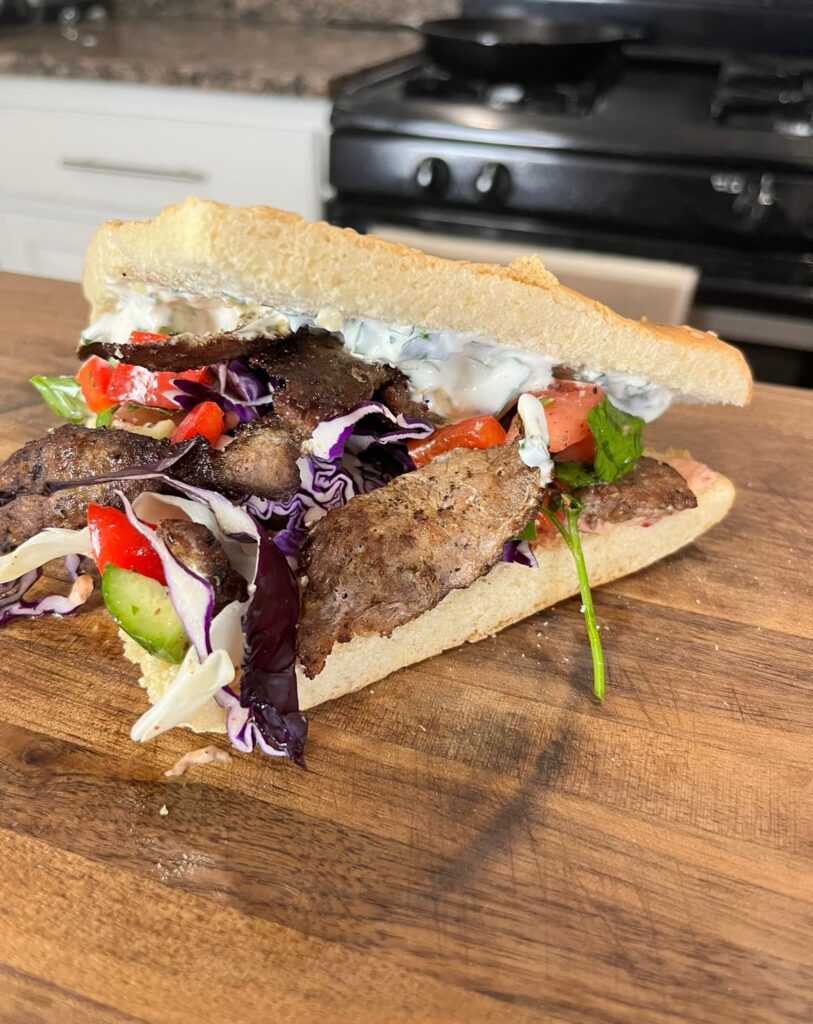

Over the past few decades, global migration patterns have led to a significant cultural exchange, particularly in the culinary realm. Notably, a considerable number of Turkish immigrants have moved to Germany, contributing to the emergence of local Turkish restaurants. Simultaneously, Greek immigrants have brought their rich culinary traditions to the United States, adding diverse flavors to the American culinary landscape. This migration-driven exchange has not only enriched local dining options but has also fostered a multicultural tapestry that reflects the global movement of people and their gastronomic influences.
What is a German Doner Kebab?
German Doner Kebab is the #1 most popular street food in Germany. It is cooked on a vertical rotisserie with thinly sliced meat shaved off and added to a pide bread with veggies.Its widespread popularity can be attributed to its delectable combination of flavors, embodying a perfect fusion of traditional Turkish culinary influences with a distinctive German twist.
Turkish Germans settled in Germany seeking better opportunities, and in pursuit of this, they established local businesses to introduce and sell their traditional cuisine. Drawing inspiration from the local German ingredients and infused with the memories of street kebabs in Turkey, this magical sandwich came to life. This beloved street food has become a go-to choice for locals and visitors alike, offering a quick, flavorful, and satisfying culinary experience on the bustling streets of Germany.




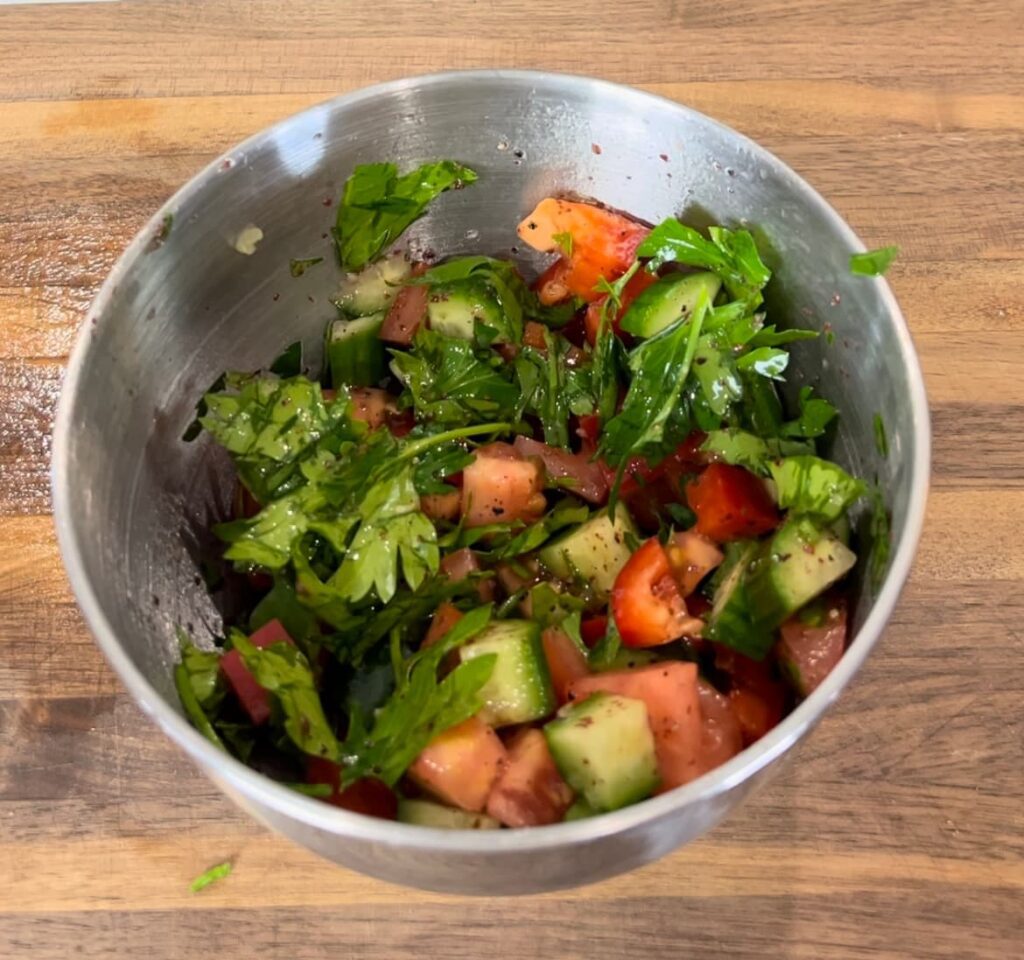
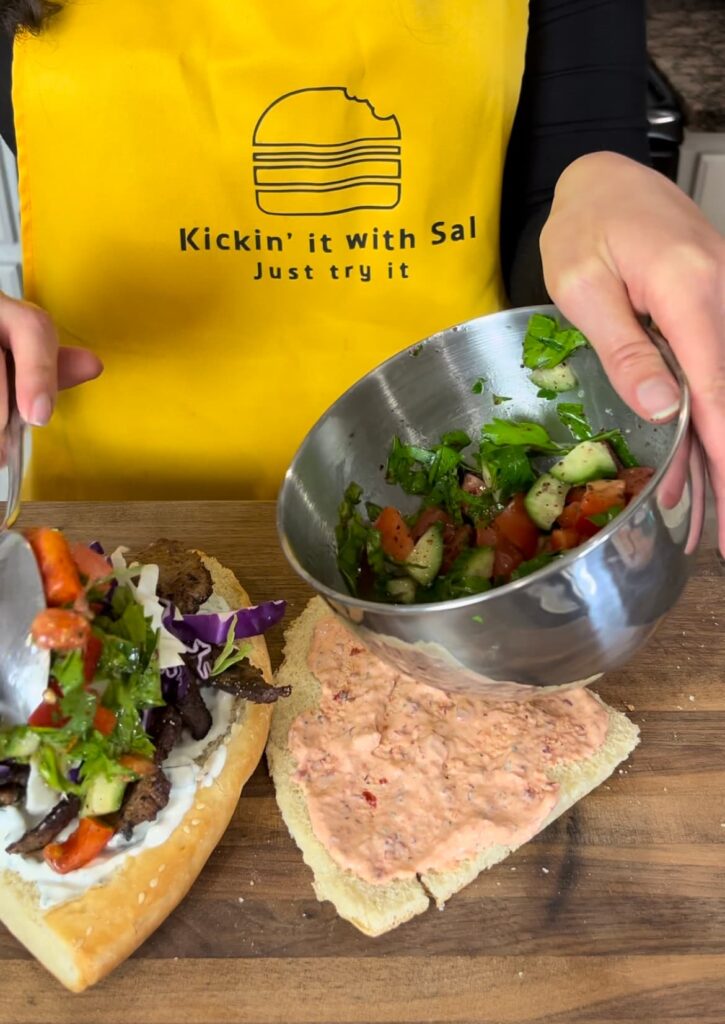
What is a Greek American Gyro?
When it comes to iconic American street food that has captured the hearts and taste buds of many, it is a Greek American gyro. Greek American gyros are generally cooked on a vertical rotisserie with thinly sliced meat shaved off, added to a pita bread and topped off with some french fries and tzatziki sauce.
Opting for lamb or beef in a gyro may not align with the most authentic version. In Greece, the majority of gyros are traditionally crafted with pork or chicken, with lamb or beef being less commonly used. In the US, however, it is much more common to find either chicken or lamb meat as the option.
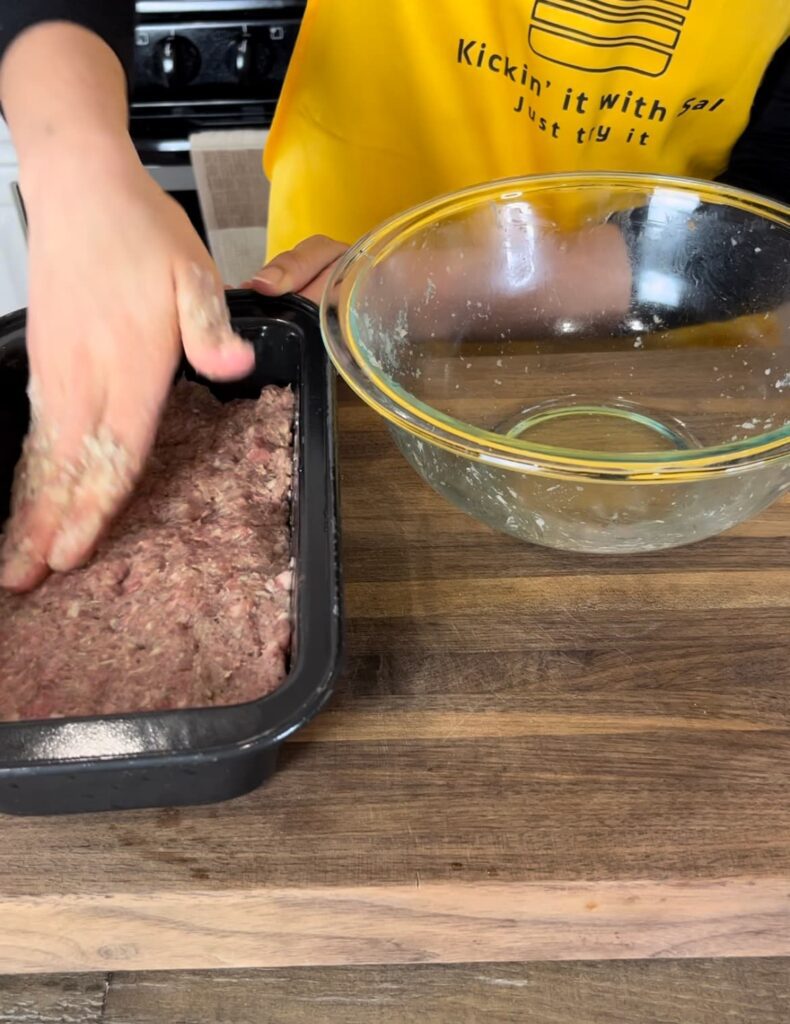
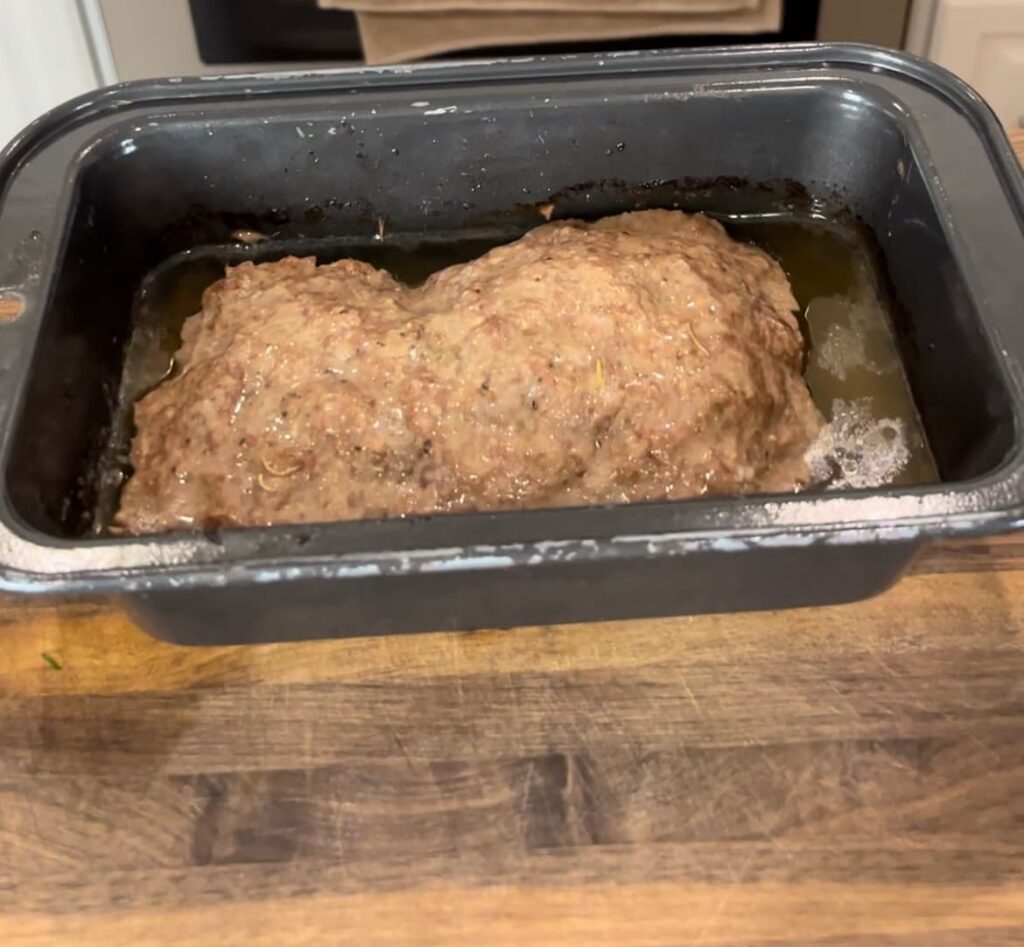

German Döner Kebab vs Greek American Gyro
German Döner Kebab features marinated meat like beef and lamb, or even chicken is very popular. The meat is skillfully stacked on a colossal skewer, weighing over 100 pounds. White and red sauce is then added to a pide bread and topped with some cabbage.
Greek American gyros are generally cooked the same way on a vertical rotisserie with thinly sliced meat shaved off, added to a fluffy pita bread and topped off with some french fries and tzatziki sauce.
Below is the video I made comparing these two dishes together.
Sensory Analysis
- Taste/Texture: 9.5 Really nicely seasoned meat and the addition of yogurt acted as a natural tenderizer. The meat was tender and flavorful. I loved the red sauce so much, it was slightly tangy and spicy. The addition of purple and green cabbage also provided a nice crunch to this sandwich as well. I wasn’t the biggest fan of the pide bread, especially for the sandwich. I feel like it didn’t hold it well.
- Appearance: 9.5/10 The combination of veggies and sauces made this dish standout with vibrant colors. The bread was not able to withstand all this meat and ingredients and due to it’s triangular shape all of the ingredients kept falling out of the side.
- Overall: 9.5/10
- Taste/Texture: 9/10 The pita bread was nice and fluffy and was able to contain most of the sandwich’s ingredients. The meat was flavorful and easy to make and cut. The refreshing touch of tzatziki enhanced the overall flavor profile, and the inclusion of french fries added a comforting element. I like the way the pita bread contains most of the ingredients in the sandwich.
- Appearance: 9/10 The gyro was visually appealing with seasoned meat, fresh veggies, and tzatziki sauce all neatly wrapped in a soft flatbread. It was easy to eat as well.
- Overall: 9/10 The meat tasted almost exactly the same as the doner meat and I did less work. I also really enjoyed this bread a lot!
Winner Winner
German Doner Kebab

